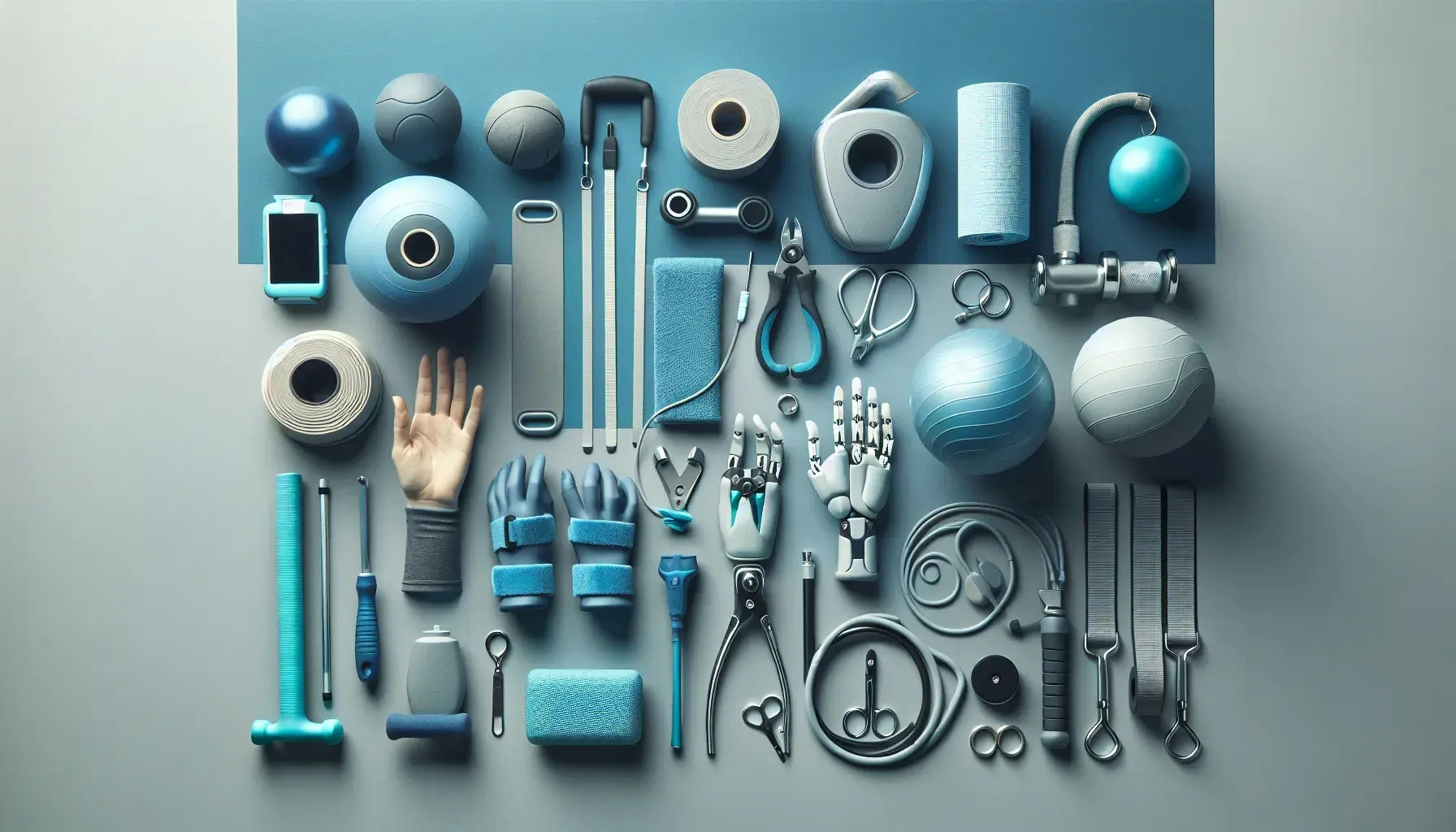Occupational therapy is a dynamic profession that promotes health and well-being through occupation. The primary goal of occupational therapy is to enable people to participate in the activities of everyday life. To achieve this, occupational therapists often rely on a variety of tools and equipment. This blog post will delve into the essential tools and equipment that occupational therapists use in their practice.
Understanding Occupational Therapy
Occupational therapy is a client-centred health profession concerned with promoting health and well-being through occupation. The primary goal of occupational therapy is to enable people to participate in the activities of everyday life. Occupational therapists achieve this outcome by working with people and communities to enhance their ability to engage in the occupations they want to, need to, or are expected to do, or by modifying the occupation or the environment to better support their occupational engagement.
Occupational therapists work with people of all ages and abilities in a variety of settings, including health organizations, communities, and schools. They provide interventions that are designed to help individuals develop, recover, or maintain meaningful activities or occupations. These interventions may involve adapting the environment, modifying the task, teaching the skill, and educating the client/family to increase participation in and performance of daily activities.
To effectively carry out these interventions, occupational therapists use a variety of tools and equipment. These tools and equipment are not only used for treatment but also for assessment and evaluation. They range from simple everyday objects to specialized therapeutic devices. The choice of tools and equipment depends on the client's needs and the therapist's judgement.
Assessment Tools in Occupational Therapy
Assessment is a crucial part of occupational therapy. It helps therapists understand the client's needs, abilities, and goals. To conduct assessments, occupational therapists use a variety of tools.
One of the most common tools is the assessment form or checklist. These forms help therapists gather information about the client's physical, cognitive, and emotional status. They may include questions about the client's daily activities, work history, and social relationships.
Another important tool is the standardized test. These tests measure specific abilities such as motor skills, cognitive abilities, and sensory processing. Examples of standardized tests include the Beery-Buktenica Developmental Test of Visual-Motor Integration and the Sensory Profile.
Occupational therapists also use observation as a key assessment tool. By watching the client perform certain tasks, therapists can identify strengths and weaknesses. They can then use this information to develop a treatment plan.
Therapeutic Tools in Occupational Therapy
Once the assessment is complete, occupational therapists use various therapeutic tools to help clients reach their goals. These tools are often designed to improve specific skills or abilities.
For example, therapists may use therapeutic exercises to improve strength, flexibility, and coordination. These exercises can be performed using simple equipment like resistance bands and exercise balls.
Occupational therapists also use assistive devices to help clients perform daily activities. These devices can range from simple tools like long-handled reachers and button hooks to complex equipment like wheelchairs and stair lifts.
In addition to physical tools, occupational therapists also use cognitive and behavioral strategies to help clients manage their symptoms. These strategies may include relaxation techniques, problem-solving exercises, and cognitive retraining.
Adaptive Equipment in Occupational Therapy
Adaptive equipment, also known as assistive technology, plays a crucial role in occupational therapy. These tools help clients perform tasks that they would otherwise find difficult or impossible due to physical or cognitive limitations.
Adaptive equipment can be as simple as a modified eating utensil with a larger handle for someone with arthritis, or as complex as a computer-based communication system for someone with severe speech and language impairments.
Some other examples of adaptive equipment include grab bars, raised toilet seats, and shower chairs for individuals with mobility issues; weighted pens and pencils, page turners, and book holders for individuals with fine motor difficulties; and large print books, magnifiers, and talking watches for individuals with visual impairments.
Sensory Tools in Occupational Therapy
Sensory tools are another important category of equipment used in occupational therapy. These tools are designed to help clients manage sensory issues, such as hypersensitivity or hyposensitivity to sensory stimuli.
Sensory tools can include weighted blankets, which provide deep pressure stimulation; fidget toys, which can help with focus and attention; and noise-cancelling headphones, which can reduce sensory overload in noisy environments.
Occupational therapists also use sensory rooms, also known as multisensory environments, to provide therapeutic sensory experiences. These rooms can include a variety of sensory equipment, such as bubble tubes, fiber optic lights, and tactile panels.
Pediatric Tools in Occupational Therapy
Occupational therapists who work with children often use a variety of specialized tools. These tools are designed to help children develop important skills, such as fine motor skills, gross motor skills, and sensory processing skills.
Pediatric tools can include therapy balls and swings, which can help with balance and coordination; fine motor tools, such as tweezers and pegboards, which can help with hand-eye coordination and dexterity; and sensory toys, which can help children learn to process sensory information.
Occupational therapists also use play as a key tool in pediatric therapy. Through play, children can learn new skills, practice existing skills, and learn to manage their emotions and behaviors.
The Impact of Tools and Equipment in Occupational Therapy
The tools and equipment used in occupational therapy play a crucial role in helping clients reach their goals. From assessment tools to therapeutic tools, adaptive equipment to sensory tools, each piece of equipment has a specific purpose and function. By understanding and effectively using these tools, occupational therapists can provide effective, client-centered care that promotes health and well-being.

